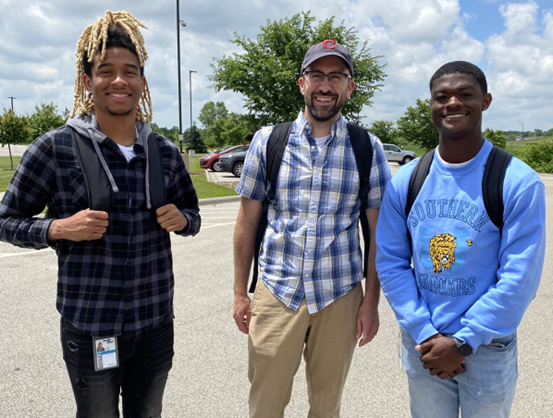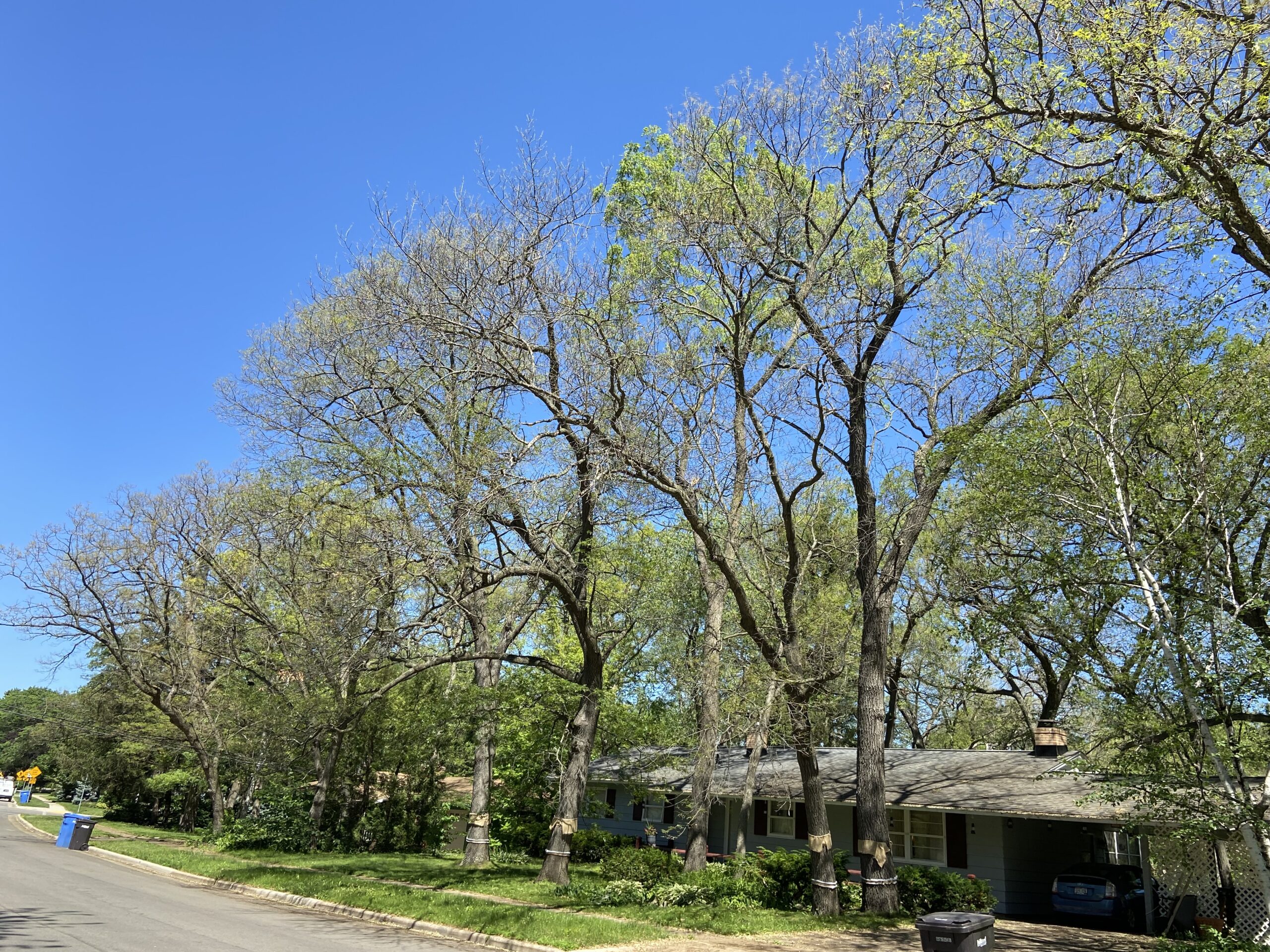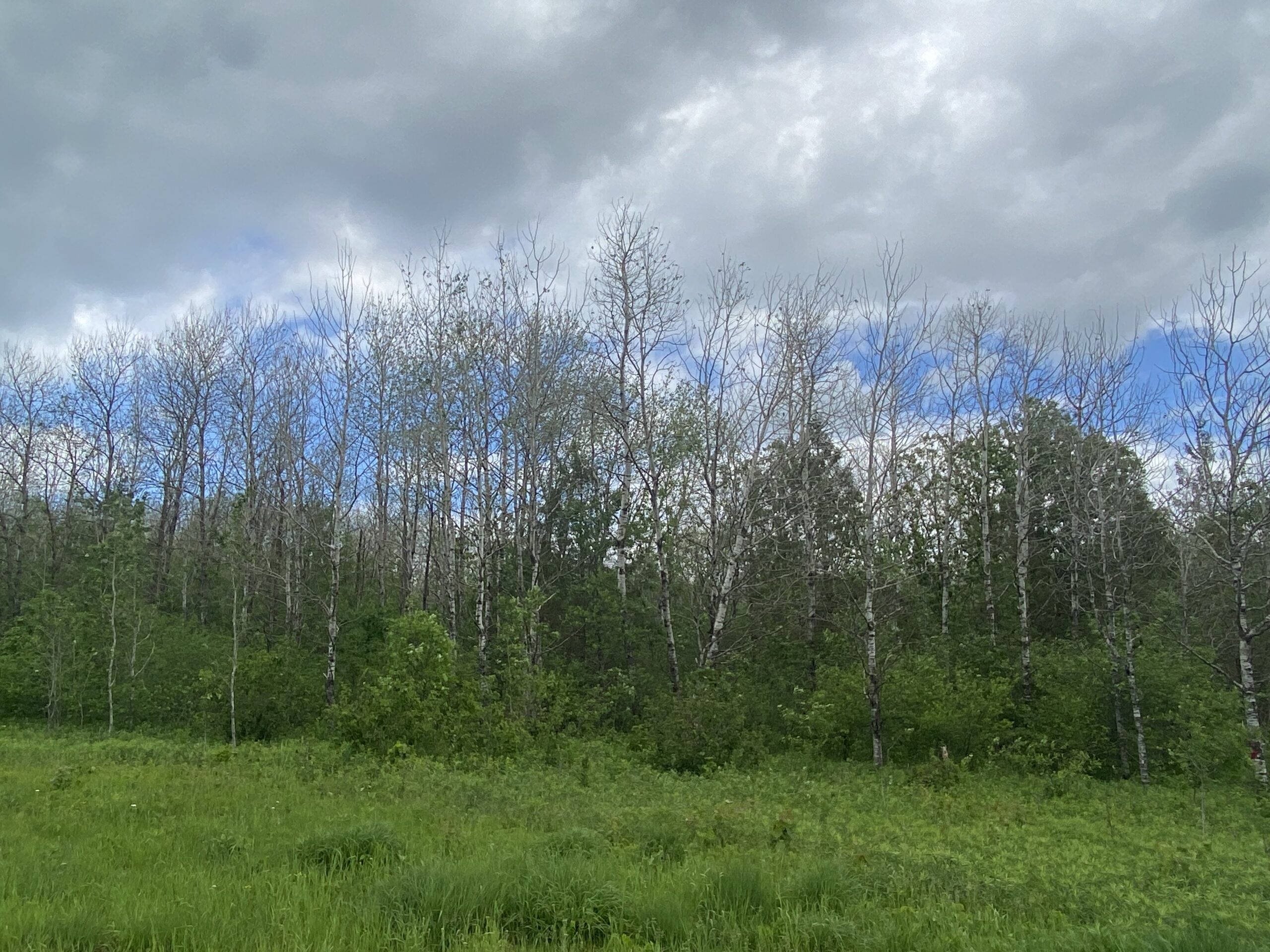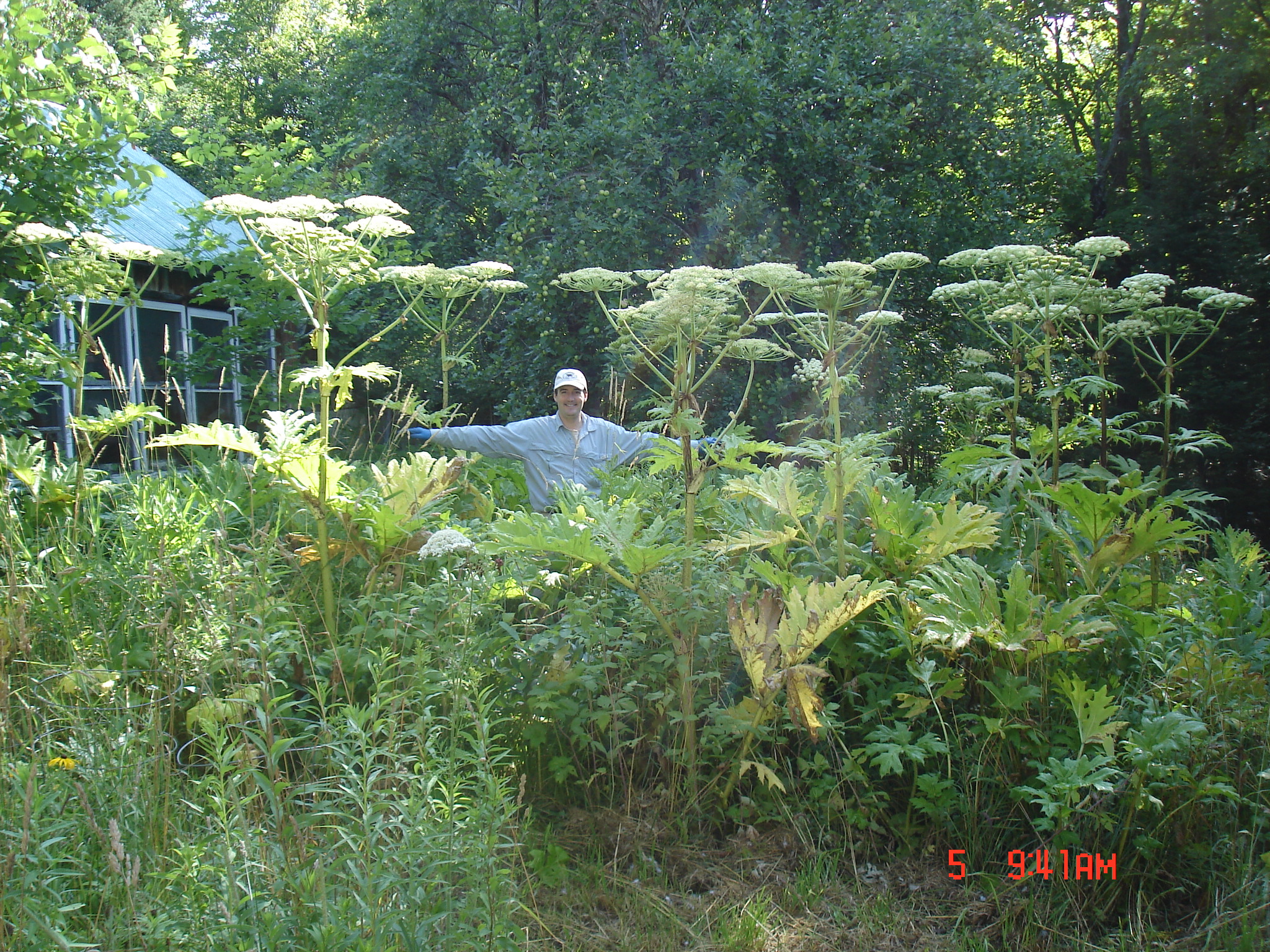Proper tree planting requires a lot of decision-making, and one of those decisions is which species and age are the most appropriate and cost-effective to plant. The Wisconsin Department of Natural Resources’ (DNR) Reforestation Program is taking some of the unknowns out of that process by giving landowners and property managers an early peek at the seedlings we anticipate having available in fall 2022 for planting in spring 2023.
This list is preliminary, as some species may be added or removed depending on health, growth and other factors as the growing season progresses.
These tree and shrub seedlings will be available to purchase starting Monday, Oct. 3, 2022. Even with the expected high demand, we anticipate having a variety of species and ages available to all customers. Continue reading “Preliminary Seedling Availability From The Wisconsin DNR Reforestation Program For Spring 2023 Planting”





